Rembrandt van Rijn
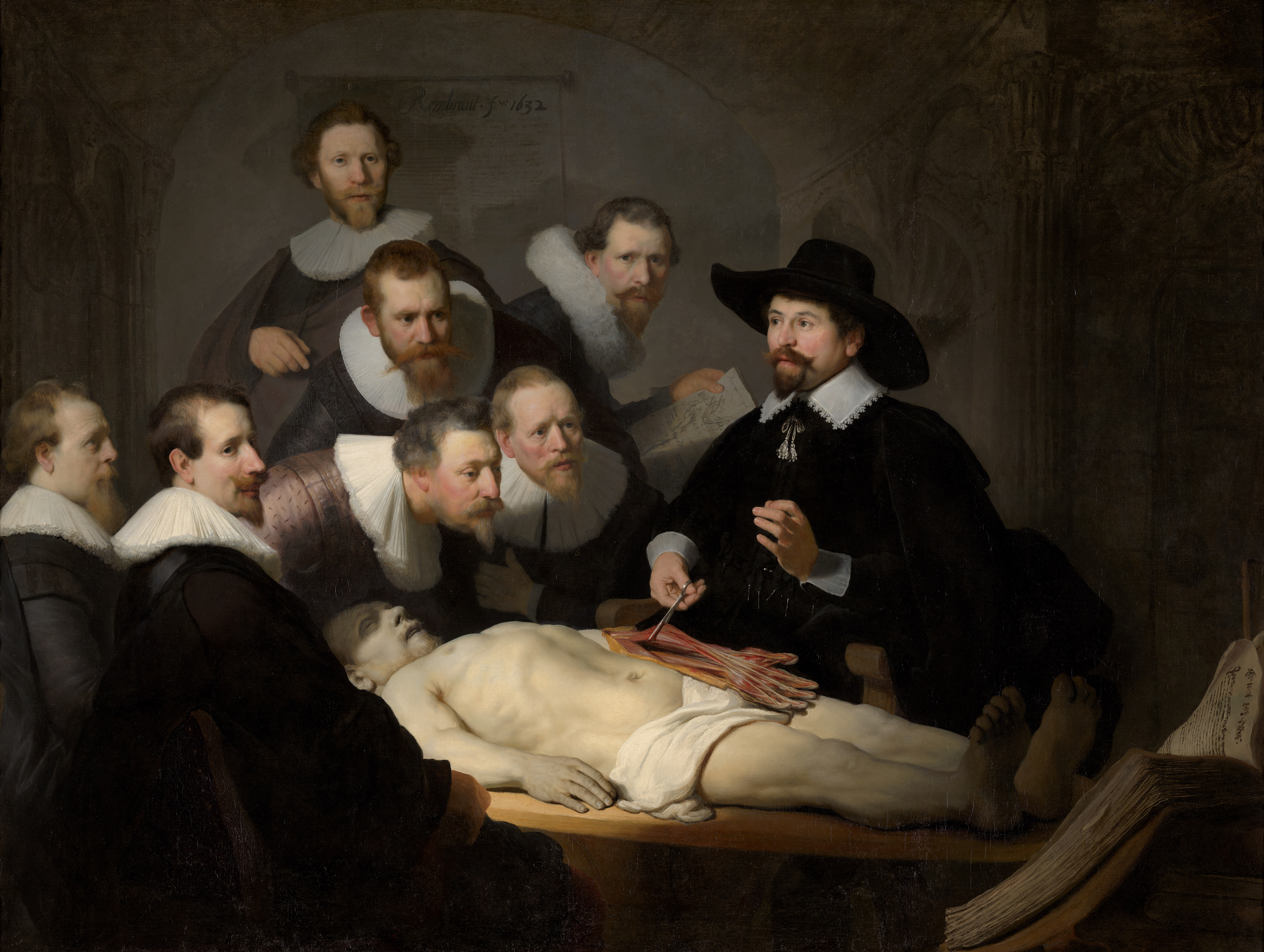
Born in 1606 in Leiden, Netherlands, Rembrandt van Rijn was the son of a miller and expected to pursue a respectable profession. But art called louder. After studying briefly at the University of Leiden, he left academia to study painting. By 22, he was teaching students and gaining attention for his intense, emotional portraits and dramatic use of shadow.
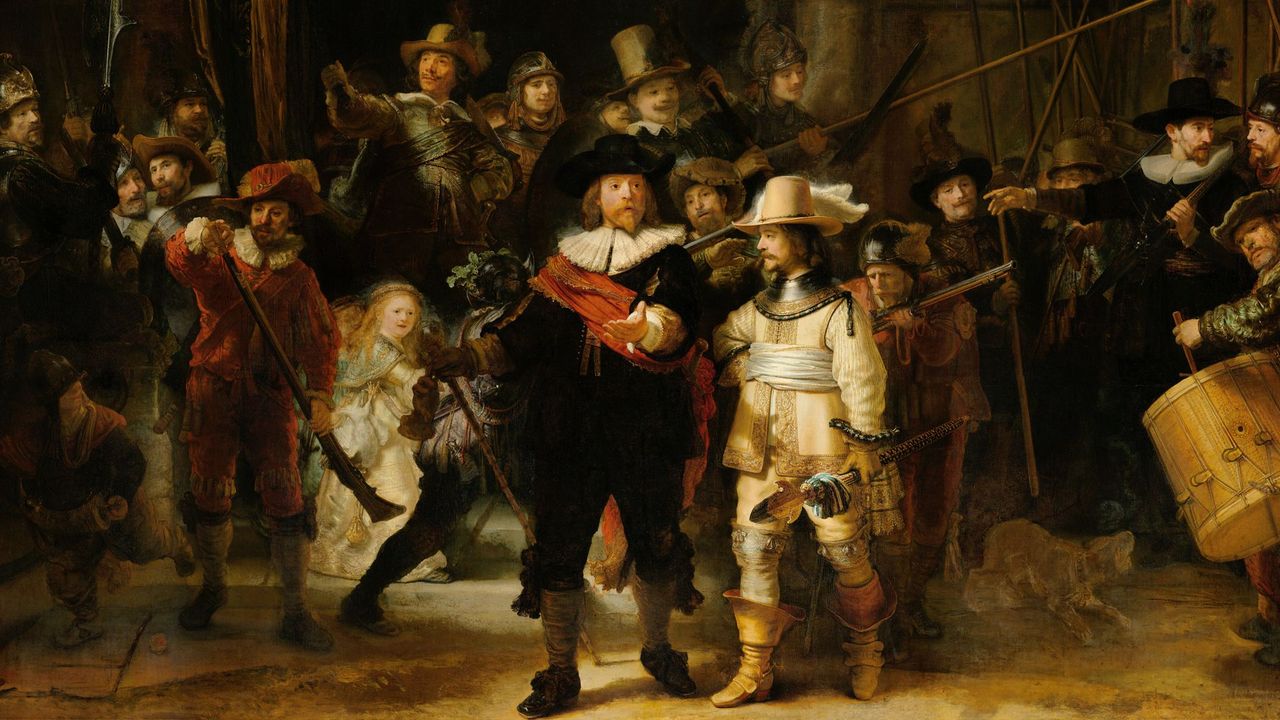
Rembrandt moved to Amsterdam, married the wealthy Saskia van Uylenburgh, and enjoyed enormous success in the 1630s and '40s. His style—marked by stark light-dark contrasts and raw emotional depth—made him one of the most sought-after painters in Europe. He painted religious scenes, group portraits, mythological moments, and dozens of self-portraits that traced his rise and decline with honesty.
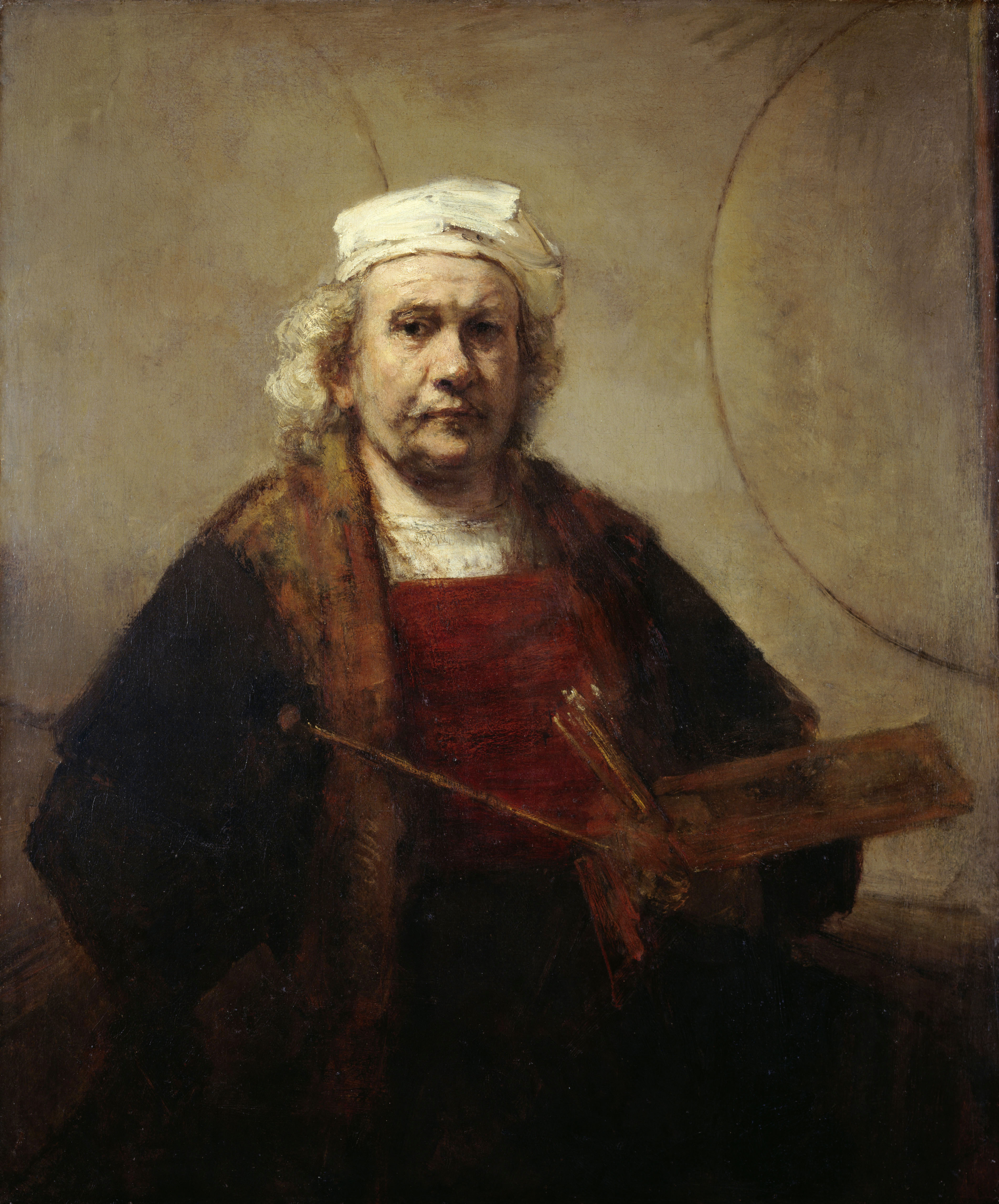
Tragedy struck. Saskia died in 1642, and his finances spiraled. Rembrandt had complicated relationships, fathered children out of wedlock, and was eventually forced to declare bankruptcy in 1656. Yet through loss, humiliation, and poverty, he continued to paint—more boldly, more loosely, more truthfully.
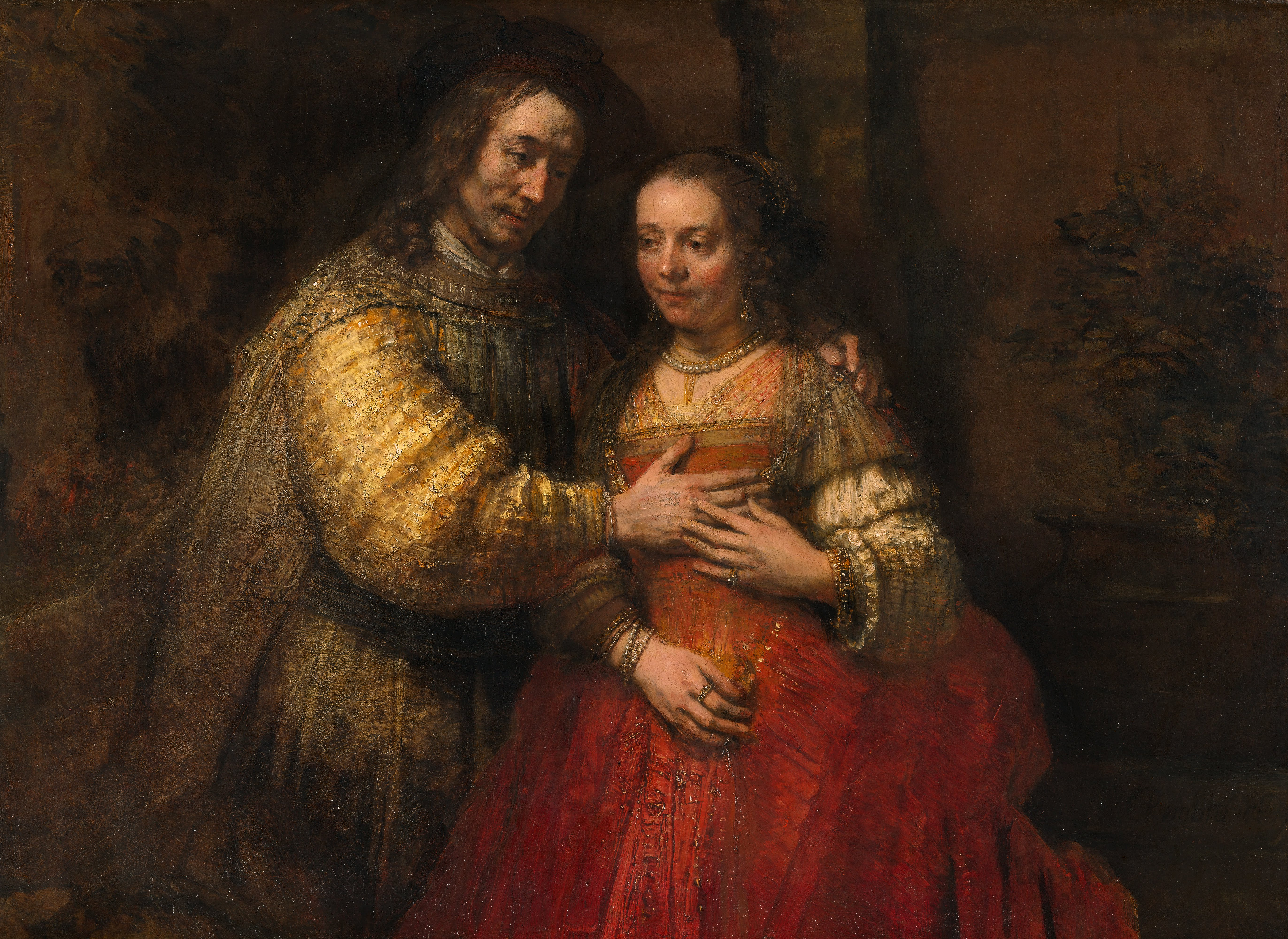
His later works are thick with paint, mystery, and introspection. No polished flattery—just textured realism. He painted what others wouldn’t: aging flesh, worn clothing, weary eyes. He used light not just for beauty, but for revelation.
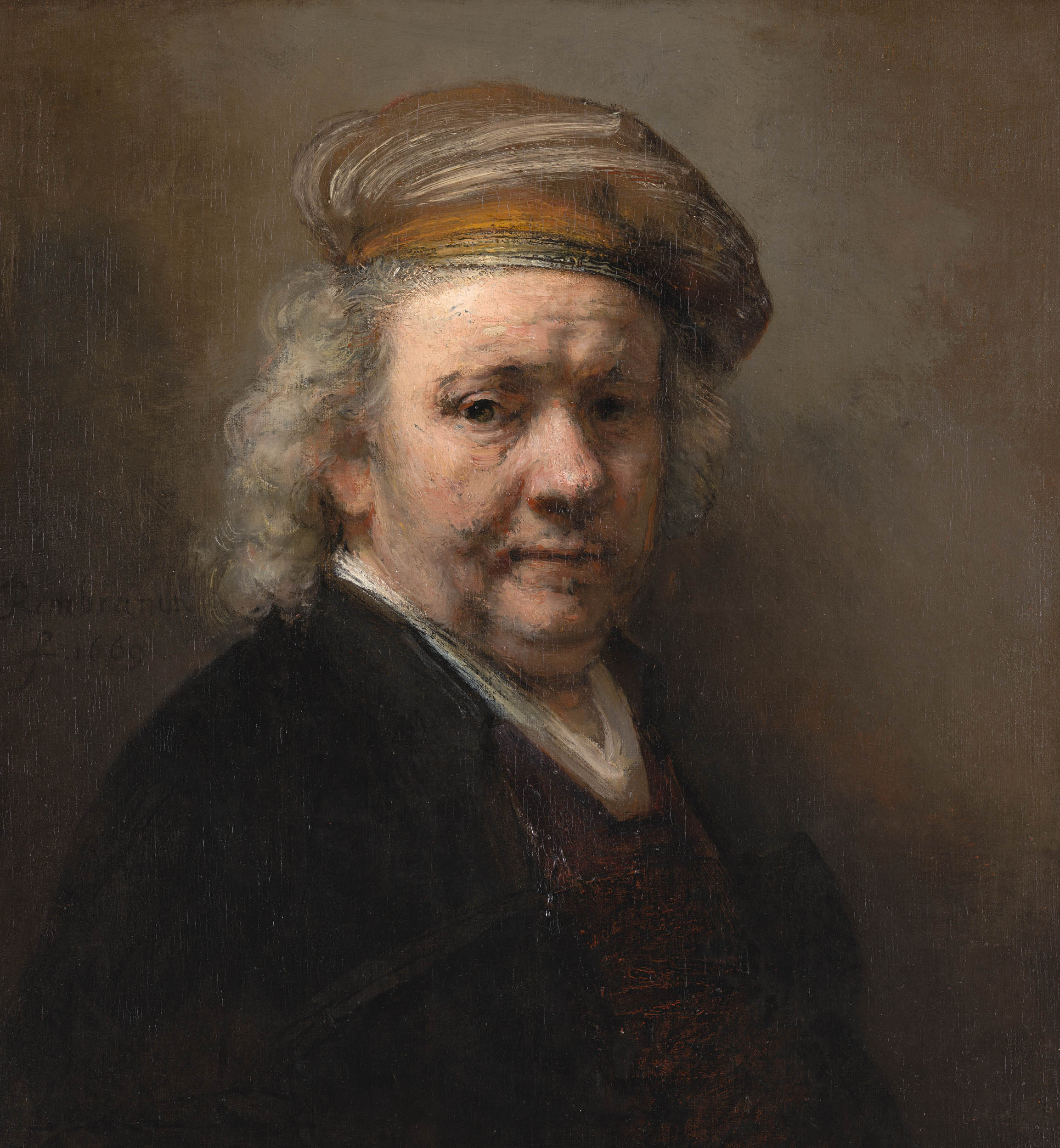
?
How did Rembrandt use light and shadow to tell emotional stories?
What do Rembrandt’s self-portraits reveal about how he saw himself?
Why do you think Rembrandt painted realistic, imperfect subjects instead of idealized ones?
How does Rembrandt’s personal life reflect in his later work?
What makes Rembrandt’s etchings different from his oil paintings?
How did Rembrandt’s art challenge social expectations of beauty or success?
Why is Rembrandt considered one of the greatest painters in history?
Dig Deeper
A comprehensive look at Rembrandt’s life, legacy, and how personal loss shaped his revolutionary approach to art.
Discover more

Johannes Vermeer
Vermeer’s work is a reminder that beauty is everywhere — in a quiet room, a shaft of sunlight, or a fleeting glance. He painted not just what he saw, but what he felt in the presence of the ordinary. Through his brush, the mundane became magnificent.

Frida Kahlo
Frida Kahlo taught the world that your story matters, even the painful parts. She turned pain into poetry. Her life and art remind us that vulnerability is strength, that identity is worth celebrating, and that the most powerful art often comes from the rawest places inside us.

Otto Dix
Otto Dix painted the madness others refused to see. His work doesn’t glorify war—it tears it open. With surgical detail and moral rage, he created images that continue to haunt, disturb, and confront. Dix reminds us that the artist’s duty is not just to make beauty, but to tell the truth—even when the truth is hideous.
Further Reading
Stay curious!
